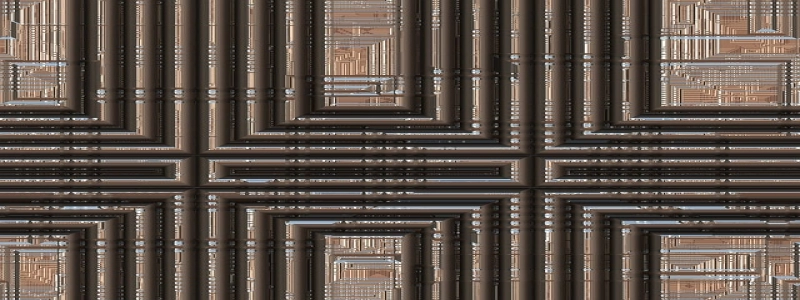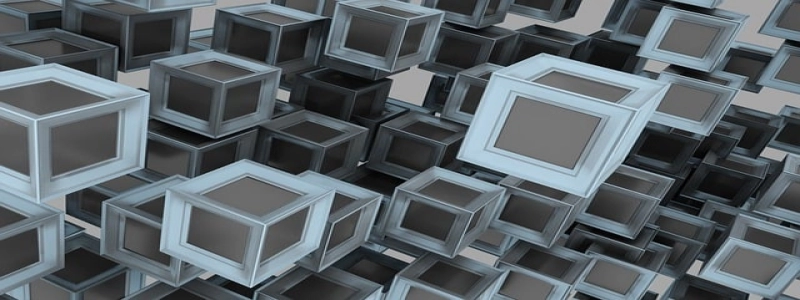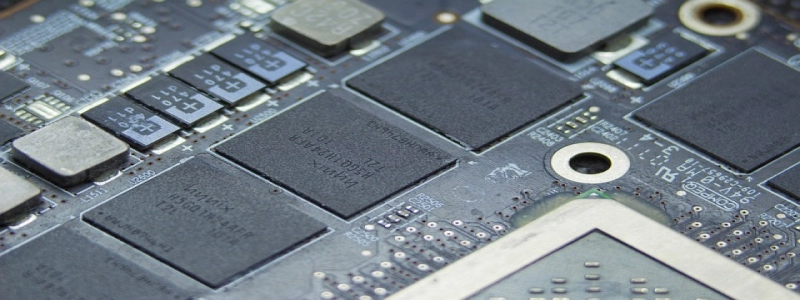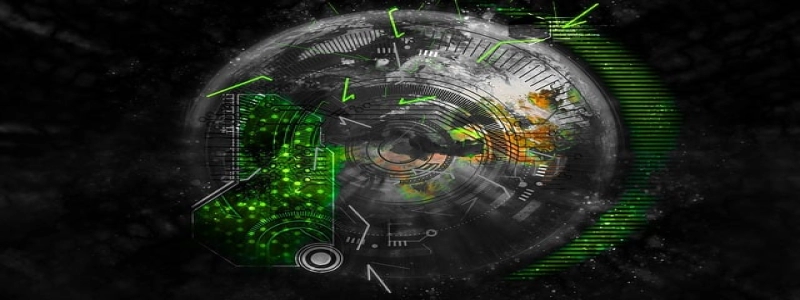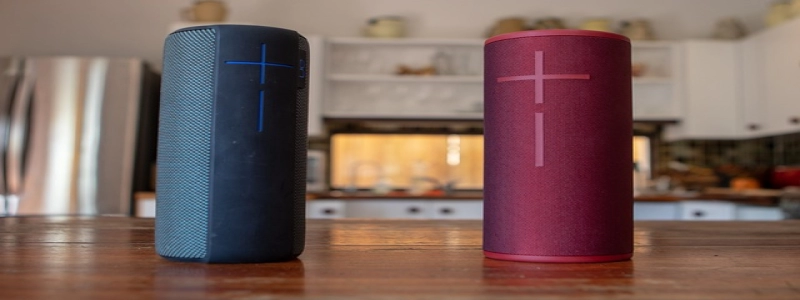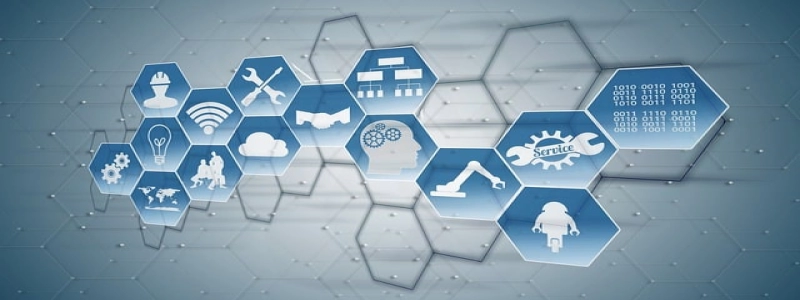First of all,let’s understand what is fiber optic transceiver,is a kind of Ethernet transmission media conversion unit that interchanges the short-distance twisted pair electrical signal and long-distance optical signal,which is also called photoelectric converter in many places.The product is generally used in the actual network environment where Ethernet cable cannot cover and fiber must be used to extend the transmission distance,and is usually located in the access layer application of broadband metropolitan area network;for example,high-definition video image transmission for surveillance and security projects;and also plays a great role in helping to connect the last mile of fiber optic line to metropolitan area network and the outer layer of the network.
Fiber optic transceivers are generally used in real network environments where Ethernet cables cannot cover and fiber optics must be used to extend the transmission distance,and also play a huge role in helping to connect the last mile of fiber optic lines to metropolitan networks and beyond.With fiber optic transceivers,it also provides an inexpensive solution for users who need to upgrade their systems from copper to fiber,for those who lack the money,manpower or time.The function of a fiber optic transceiver is to convert the electrical signal we want to send into an optical signal and send it out,and at the same time,be able to convert the received optical signal into an electrical signal and input it to our receiving end.
Fiber optic transceiver classification
1、By nature
From the nature of optical fiber,it can be divided into multimode fiber transceiver and single-mode fiber transceiver.The difference between them is that the distance transmitted is different.Multimode transceivers generally have a transmission distance between 2 km and 5 km,while single-mode transceivers can cover a range from 20 km to 120 km.
2、By sending and receiving data
Single fiber optic transceiver and dual fiber optic transceiver are classified according to the required fiber,single fiber optic transceiver is to receive and send data transmitted on one fiber;while dual fiber optic transceiver receives and sends data transmitted on a pair of fibers.
3、By network management
According to the network management can be divided into managed fiber optic transceivers and non-managed fiber optic transceivers.
4、By management type
According to management type can be divided into managed Ethernet fiber transceiver and unmanaged Ethernet fiber transceiver,managed Ethernet fiber transceiver is to support carrier-grade network management,while unmanaged Ethernet fiber transceiver is to set the electrical port working mode by hardware dip switch,plug and play.
5、By working mode
By working mode,full duplex mode means that when the data is sent and received by two different transmission lines,both communication parties can transmit and receive operations at the same moment,so the transmission mode is full duplex system.
Fiber optic transceiver working principle
Fiber optic transceivers are generally used in practical network environments where Ethernet cables cannot cover and fiber optics must be used to extend the transmission distance,and also play a huge role in helping to connect the last mile of fiber optic lines to metropolitan networks and further out.With fiber optic transceivers,it also provides an inexpensive solution for users who need to upgrade their systems from copper to fiber,for those who lack the money,manpower or time.The function of a fiber optic transceiver is to convert the electrical signal we want to send into an optical signal and send it out,and at the same time,be able to convert the received optical signal into an electrical signal and input it to our receiving end.
Application scope of fiber optic transceiver
1、Realize the interconnection between switches.
2、Realize the interconnection between switch and computer.
3、Realize the interconnection between computers.
4、Transmission relay:When the actual transmission distance exceeds the nominal transmission distance of the transceiver,especially when the actual transmission distance exceeds 120Km,under the condition of the site allows,using 2 transceivers back-to-back for relaying or using optical-optical converter for relaying,is a very economical and effective solution.
5,single-mode conversion:When there is a need for single-mode fiber connection between networks,you can use 1 single-mode converter to connect,solving the problem of single-mode fiber conversion.
6,wavelength division multiplexing transmission:when long-distance fiber optic cable resources are insufficient,in order to improve the use of fiber optic cable and reduce the cost,the transceiver and wavelength division multiplexer can be used in conjunction,so that the two ways of information transmission on the same pair of fibers.
